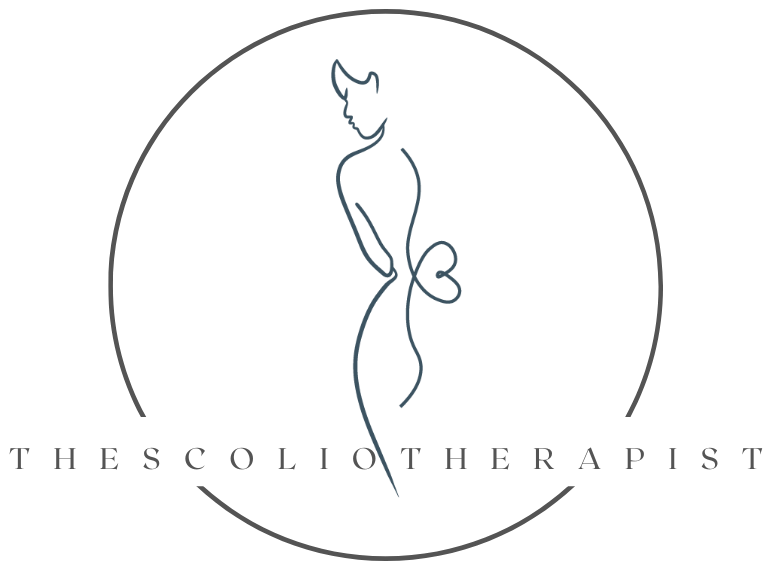How you can improve your scoliosis with better awareness.
This week has been a whirlwind getting back into the swing of things after being “off” and out of the office for a whole week. My mind has been going a mile a minute thinking about how I’m going to integrate what I learned during my training last week into the current body of work I have established.
Three things I’m for sure changing are: breathing techniques, elongation techniques and awareness/integration. Today I want to talk about awareness and integration.
From a personal vantage, I’ve had my back looked at and examined in the past, but it’s been a little while. As we went through the course last week the instructor and her office manager were taking photos of me from different angles than I’m used to seeing of myself. A few of the side and back profiles took me by surprise. I noticed more of a forward head and rounded shoulder posture than I thought I had.
My pelvic position and spinal alignment have been at the forefront of my mind, but I haven’t been paying as much attention to my head and neck position especially with doing more computer work in the past few years. After seeing those photos at the beginning of the week I became very aware of how I was holding my head and shoulders. When I noticed myself falling forward, I self corrected. As uncomfortable as it was to see myself in those photos, how would I know to change it if it wasn’t brought to my attention?
Giving clients awareness of where they are in space is one of the main teaching points in scoliosis specific exercise. You may have the awareness that you’re not holding yourself centered, but don’t know exactly what is off or how to correct it.
That’s why when we begin a scoliosis specific exercise program, we always start with a posture assessment and go over the photos together. It’s very interesting because often clients feel like they are holding most of their weight on one leg, when in reality they are holding most of their weight on the opposite leg.
Here is an example using the laser level to show the difference between at rest and in corrected position:
Until you see the difference between being in your rest vs. in your corrected position, it can be difficult to understand how to correct it. During my future sessions, I plan to ask a lot more questions. It’s important to question how corrective exercises and postures feel compared to being in a rest position. Where is the weight shifting in the feet in corrections vs. at rest? Where do the hips move? Where do the shoulders move? So on and so forth.
It might be hard to articulate or even feel what is happening when you begin scoliosis specific exercise. However, over time, you will be able to notice the shifts and differences in your body and your corrected posture will feel like home base and resting in your curves will feel uncomfortable.
I have a little challenge for you this week to help you bring more awareness to yourself throughout the day:
Sit on 5 different chairs throughout the day
After sitting, feel how much space you have on each side of your hips on the chair
Now feel how much weight is in each hip
Do this every day this week and see if you are able to pick up on any patterns. If you notice a pattern, see if you are able to center yourself on your seat and balance out the weight in each hip. Just by making these simple adjustments, you will begin to make positive changes in the balance of your body!
Are you interested in making these changes for yourself? Click here to schedule a FREE discovery call today to see if it would be a good fit to work together on your scoliosis.
